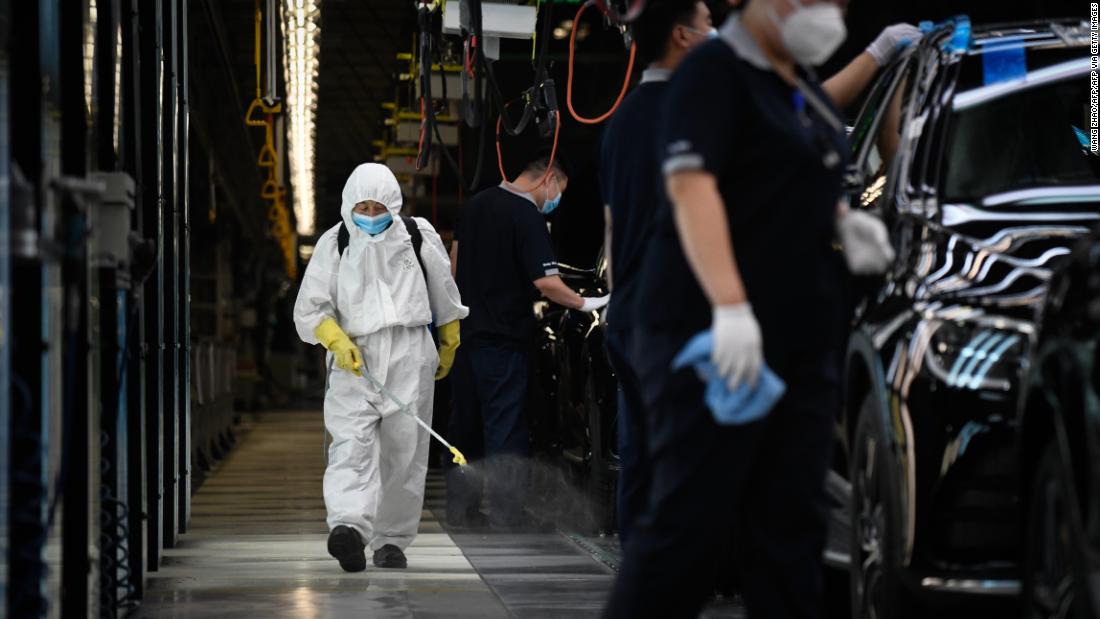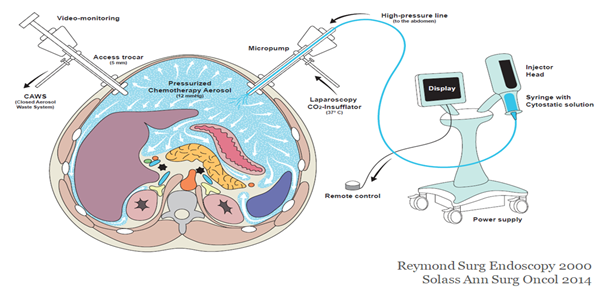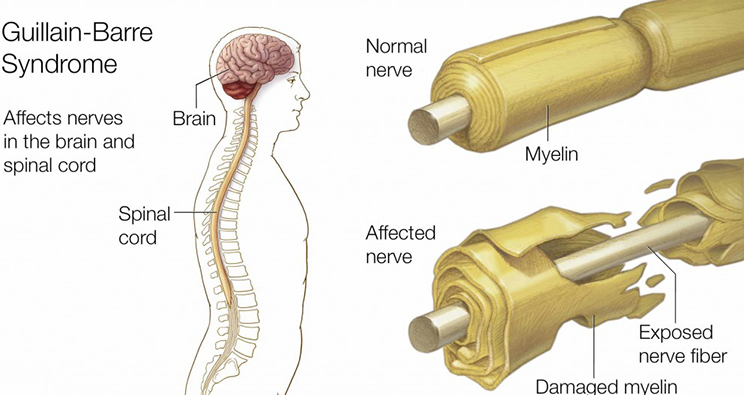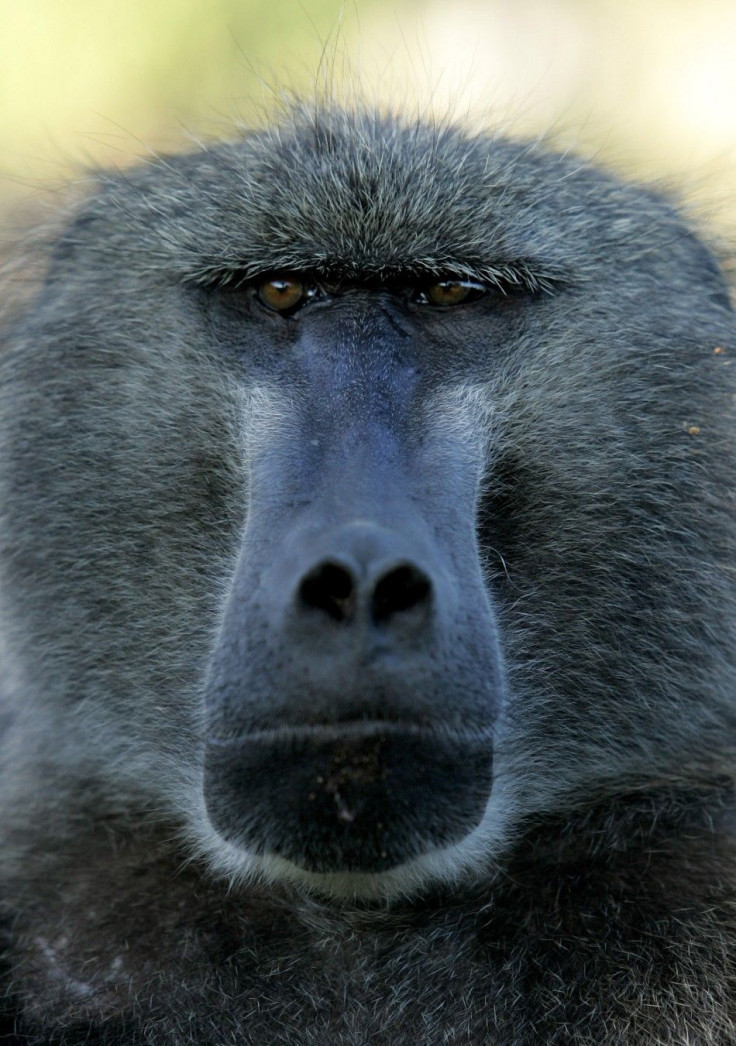


China's disease control authorities have launched pilot systems to monitor and report cases of Human Metapneumovirus (HMPV), which has been linked to a recent flu outbreak. As the country continues to battle this respiratory virus, the World Health Organization calls for transparency and cooperation in researching the origins of COVID-19 to better prevent and prepare for future epidemics. Experts warn that people with weak respiratory health and weakened immune systems, as well as young children and the elderly, are most at risk for HMPV and urge preventive measures such as frequent hand washing and wearing masks.
Human Metapneumovirus (HMPV): An Emerging Threat
Human Metapneumovirus (HMPV) is a respiratory virus that primarily affects the lower respiratory tract, including the bronchi and lungs. It is highly contagious and can spread through close contact with infected individuals, respiratory droplets, or contaminated surfaces.
Background
HMPV was first identified in the Netherlands in 2001 and has since become a common cause of respiratory illness worldwide. It is particularly prevalent during the winter months and can cause a range of symptoms, including:
In severe cases, HMPV can lead to pneumonia, bronchiolitis, or hospitalization. Infants, young children, the elderly, and individuals with weakened immune systems are at highest risk for serious complications.
China's Surveillance and Response
In response to a recent outbreak of HMPV, China's disease control authorities have launched pilot systems to monitor and report cases. This move reflects the country's commitment to enhancing public health surveillance and preparedness for respiratory viruses.
World Health Organization's Call for Transparency
The World Health Organization (WHO) has called for transparency and cooperation in researching the origins of COVID-19. This includes investigating the potential role of HMPV in the outbreak. Better understanding the origins of such viruses is crucial for preventing and preparing for future epidemics.
Top 5 FAQs
1. What are the symptoms of HMPV?
HMPV can cause a range of symptoms, including fever, cough, runny nose, sore throat, and difficulty breathing.
2. Who is most at risk for HMPV?
Infants, young children, the elderly, and individuals with weakened immune systems are at highest risk for serious complications from HMPV.
3. How does HMPV spread?
HMPV spreads through close contact with infected individuals, respiratory droplets, or contaminated surfaces.
4. Is there a vaccine for HMPV?
There is currently no vaccine available for HMPV.
5. How can I prevent HMPV?
Preventive measures for HMPV include frequent hand washing, wearing masks, covering coughs and sneezes, and avoiding close contact with infected individuals.

Dr Jitender Rohila, a renowned surgeon and consultant at Fortis Hospital, explains the cutting-edge surgical procedures of HIPEC and PIPAC, which are transforming the treatment of peritoneal surface cancers. These techniques involve delivering heated chemotherapy directly to the abdominal cavity or aerosol chemotherapy under pressure, resulting in improved drug absorption and reduced side effects. While HIPEC is suitable for patients who have undergone cytoreductive surgery for abdominal cancers, PIPAC offers promising options for those with advanced diseases or seeking additional treatment after surgery.

NASA and Roscosmos are on high alert as cracks in the Russian service module on the ISS continue to worsen, posing a top safety risk. Despite efforts to contain the air leak since 2019, the source remains unknown and has reached record high levels this year. As a precaution, astronauts have been instructed to stay close to their spacecraft, and access to the module has been limited to critical use only. NASA is also working on an emergency evacuation plan for American astronauts, highlighting the urgency of this critical situation. With the ISS facing an increased risk from orbital debris and operating beyond its intended lifespan, the future of the station remains uncertain.

On World Cancer Day, actress Sonali Bendre, who battled cancer in 2018, talks about the importance of early detection and praises the government's Ayushman Bharat initiative for breaking financial barriers and providing accessible and affordable healthcare for cancer patients. Filmmaker-writer Tahira Kashyap and actor Emraan Hashmi also commended the Ayushman Bharat and Pradhan Mantri Jan Arogya Yojana (PMJAY) for making cancer treatment accessible regardless of financial background, on this international day aimed at reducing preventable suffering from cancer.

Learn about the ancient Ayurvedic practices that can lead to a healthier and happier start to your day. From waking up during Brahma Muhurat to practicing deep breathing exercises and having a light and warm breakfast, Ayurveda offers various ways to boost your overall well-being. Start incorporating these 8 morning routines into your daily routine for a blissful and energized start to your day.

A team of academics has uncovered valuable insights into Roman legal proceedings through a newly discovered papyrus dating back over 1,880 years. The papyrus, named after Professor Hannah Cotton Paltiel who discovered it, reveals how the Roman empire handled financial crimes involving slaves in Judaea and Arabia. It is the longest Greek papyrus ever found in the Judean desert and sheds light on the prosecutors' notes and trial preparations before the Bar Kokhba revolt.

A metal detectorist in Westphalia, Germany has unearthed a one-of-a-kind find – a tiny gold lock that dates back to the Roman era. Measuring less than half an inch in diameter, this miniature version of a typical Roman lock was likely used to secure precious belongings. With the help of 3-D neutron computed tomography, archaeologists have been able to examine the lock's intricate inner workings, shedding light on its design and functioning. This remarkable discovery raises questions about the prevalence and significance of such precious miniature locks in Roman society.

The annual census of dolphins at Chilika lake in India's eastern state of Odisha has begun, with over 100 people participating in the three-day exercise. Equipped with specialized equipment, a team of retired government officials, researchers, students, and experts are counting the dolphins at India's largest brackish water lagoon. The census aims to track the population of the endangered species, which is listed on the International Union for the Conservation of Nature's Red List. Last year's data was not released due to adverse weather conditions, but in 2023, 173 dolphins of two species were found in the lake. The census is being carried out by the Chilika wildlife division in collaboration with the Chilika Development Authority.

* A team of scientists has developed a new algorithm for calculating the power function, making the process more efficient and accurate. This development could have far-reaching implications for fields such as engineering, physics, and economics, where power calculations are common. Using this new algorithm, researchers can now quickly and accurately determine power values, helping to advance their research and innovations. Furthermore, this method ensures that the resulting values are always non-negative, eliminating the need for post-processing.

As Maharashtra continues to battle against infectious diseases like HMPV and bird flu, health experts are now raising alarm over the rising cases of Guillain-Barre Syndrome (GBS) in several cities of the state. While some studies have linked GBS to the Oxford-AstraZeneca vaccine, others have refuted this claim. However, one thing is clear - GBS is a serious medical emergency that requires immediate treatment to prevent paralysis or even death. A doctor has also shared important tips on how to prevent foodborne illnesses, which can also be a cause of GBS.

In the animal kingdom, being an alpha male may seem like the ultimate achievement, but a new study shows that for baboons, it comes with intense levels of stress. Despite having dominance, respect, and first dibs on resources, these primates live in constant fear of losing their position and must guard their mates from rival males. This takes a toll on their physical and mental well-being, showing that being at the top is not as great as it may seem.